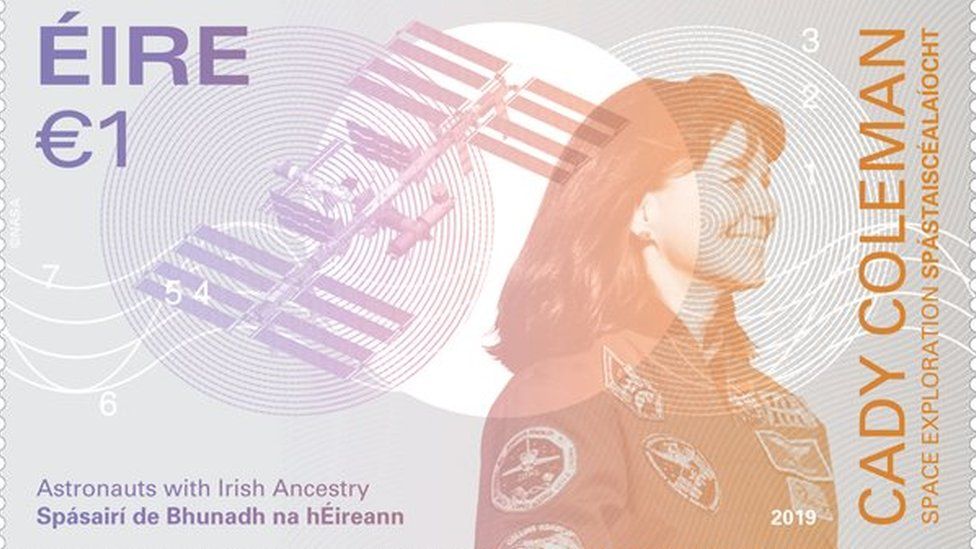
The first mark Scott made was faint, so he made another below it. Postal Service (USPS) issued the same stamps on Earth.Īs visitors to the Gross Stamp Gallery can see firsthand, Scott postmarked the envelope (or "cover," as collectors call stamped envelopes) twice. A Decade of Achievement." Meanwhile, some 238,000 miles away, the U.S. Using a rubber stamp, Scott postmarked the double-pane, which depicted two astronauts riding on the lunar rover - much like he and his Apollo 15 crewmate Jim Irwin - and commemorated the "United States in Space. From inside the bag he retrieved an envelope affixed with the die proofs for two new space-themed postage stamps. 2, 1971 and the fourth mission to land men on the moon.Īpollo 15 commander David Scott was driving around the moon's Hadley Rille on his third and last outing when from under his seat on the lunar rover he pulled out a pouch. The so-called "Moon Mail" dates back to Aug. history, from the Stamp Act and the American Revolution to the Apollo 15 Moon landing." "They tell stories about important moments in U.S. mission, including Australia, Austria, Canada, France, Germany, Gibraltar, Isle of Man, Jersey, Liechtenstein, Monaco, Spain, Sweden and Switzerland."Like gems of the mineral world, these stamps and pieces of mail are rare and highly valued," reads the sign inviting visitors into the stamp gallery's "Gems" exhibit. More than a dozen other countries' postal services also issued commemoratives honoring the U.S. The United States is not alone in releasing stamps for the 50th anniversary of the moon landing. The photograph of the moon used on one of the stamps was taken by amateur astronomer Gregory Revera of Huntsville, Alabama. The 2019 "1969: First Moon Landing" stamps were designed by USPS art director Antonio Alcalá. With the exception of the two latest releases in 19, all of the stamps were designed by the late space artist Paul Calle or his son, Chris. Starting with a 10-cent "First Man on the Moon" airmail stamp issued two months after Apollo 11 returned to Earth, additional commemoratives were released for the 20th, 25th and 30th anniversaries. The stamps mark the fourth time that the USPS has commemorated the first moon landing on postage. Additional details can be found in the Postal Bulletin, available on the USPS website.Īdditional commemorative postmarks and the addresses where to send requests can also be found in the Postal Bulletin. There is a minimum of 10 envelopes at 50 cents per postmark required. 6 or 10 envelopes constructed of paper rated as "laser safe" can be sent, along with two required test envelopes, to the same address as above. There is a 5-cent charge for each additional postmark over 50.įor the digital color postmark, some additional constraints and costs apply. There is no charge for the first 50 ink postmarks. The USPS is also offering a number of collectible products featuring the "1969: First Moon Landing" commemoratives, including: The two stamps, which each have a current face value of 55 cents, are sold in sheets of 24, with 12 of each design.

Postal Service as we dedicate the 1969: First Moon Landing Forever stamps, which celebrates the 50th anniversary of one of our country's greatest scientific and technological achievements," said Thomas Marshall, USPS general counsel and executive vice president, who served as the dedicating official at a first-day-of-issue ceremony at the Kennedy Space Center in Florida on Friday. "It is a honor for me to represent the U.S.


New postage stamps issued by the United States Postal Service (USPS) on Friday (July 19) include a photo of the moon with Tranquility Base highlighted by a metallic silver dot, commemorating the 50th anniversary of the first moon landing.Ī second stamp in the new Forever-denomination pair reproduces part of an iconic photograph of Apollo 11 lunar module pilot Buzz Aldrin showing the mission's lunar module Eagle, the American flag and commander Neil Armstrong in the reflection of his helmet's visor. mail to pinpoint where humans first landed on the moon.


 0 kommentar(er)
0 kommentar(er)
